In the ever-evolving world of logistics and transportation, understanding the different types of semi-trailers available is crucial. Among these, the Conestoga trailer stands out due to its distinctive design and versatility. This article delves into what a Conestoga trailer is, its history, construction, advantages, and how it differs from other trailer types, ultimately helping your business make informed decisions regarding transportation solutions.
Understanding the Conestoga Trailer: Definition and Overview
The Conestoga trailer is a specialized type of semi-trailer characterized by its unique roll-top tarp covering. This system allows for quick and efficient loading and unloading while providing excellent protection for cargo. The flexible tarping system is particularly beneficial for transporting goods that require swift access while safeguarding them from environmental factors such as rain, snow, dust, and debris.
A Brief Historical Context
The term “Conestoga” has roots in early American history when it referred to a type of covered wagon used by settlers. These wagons were designed to carry bulky cargo across long distances and were pivotal during the 18th and 19th centuries. Modern Conestoga trailers pay homage to this legacy, blending historical significance with cutting-edge engineering.

Key Features of Conestoga Trailers
Understanding the unique features of Conestoga trailers is vital for businesses looking to optimize their transportation logistics.
1. Construction and Design
| Feature | Description |
|---|---|
| Frame | Constructed from high-strength steel or aluminum for durability and lightweight properties. |
| Tarp System | Equipped with a rolling tarp mechanism that can be easily opened and closed, providing accessibility and protection. |
| Length and Width | Typically available in lengths ranging from 48 to 53 feet and widths of 102 inches, accommodating varying cargo sizes. |
| Loading Mechanism | Standard with either front, rear, or side loading capabilities, promoting flexibility in operations. |
2. Versatility in Cargo Types
Conestoga trailers are designed to transport various types of goods, including but not limited to:
- Palletized freight
- Heavy machinery
- Building materials
- Food products requiring temperature control
The adaptability of Conestoga trailers makes them a preferred choice for freight that demands secure yet accessible transport solutions.
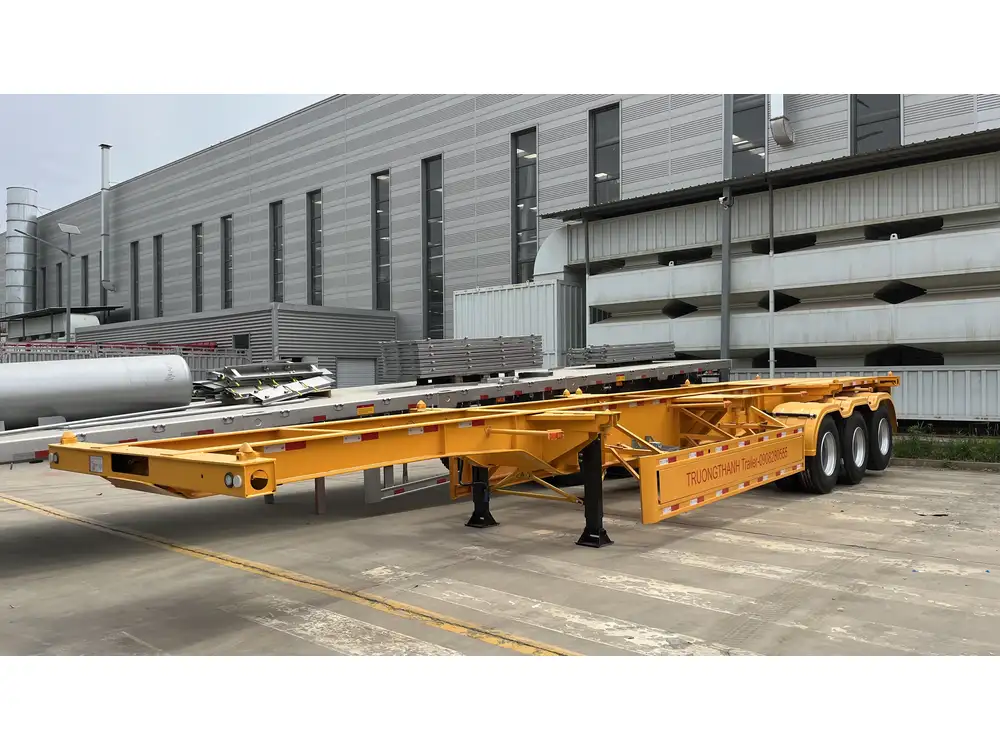
Advantages of Using Conestoga Trailers
Utilizing Conestoga trailers presents numerous benefits for businesses in the logistics sector:
1. Enhanced Load Accessibility
Unlike standard enclosed trailers that necessitate heavy lifting for access, the Conestoga’s adaptable tarp system enables drivers to access cargo swiftly from multiple points. This functionality significantly reduces loading times and enhances efficiency.
2. Optimal Weather Protection
The tarp covering provides an effective barrier against harsh weather conditions. This protection ensures that cargo is shielded from rain, snow, and UV rays, preserving its quality during transit.
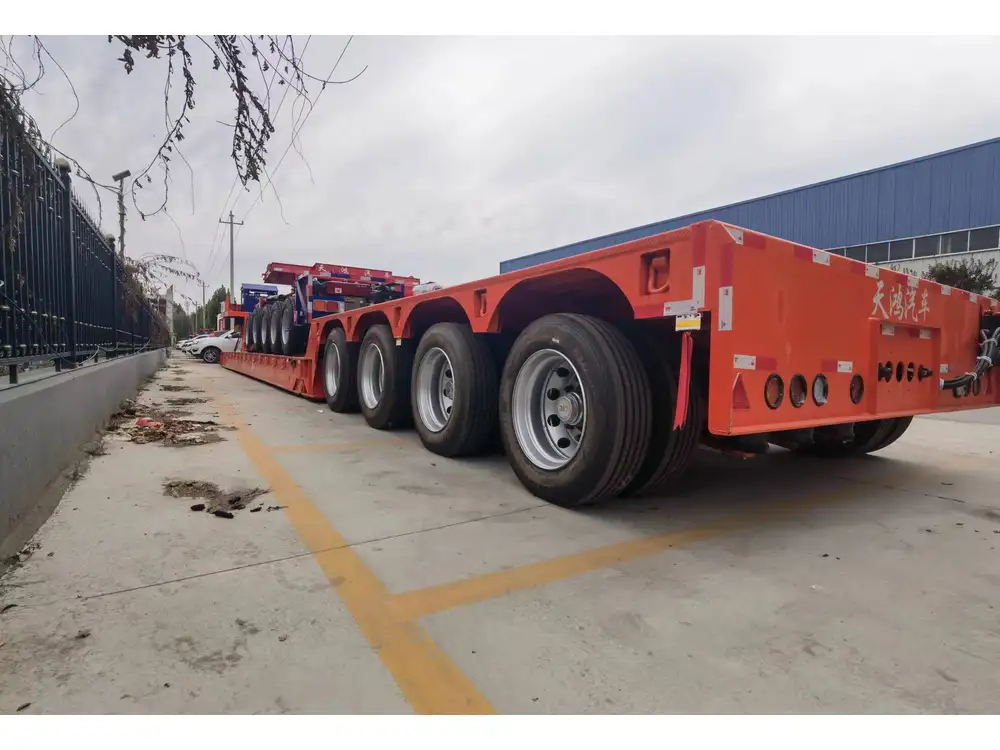
3. Lowered Labor Costs
Due to the efficient loading and unloading process, businesses can reduce labor costs. The ease of access minimizes the time needed at loading docks, allowing for more trips to be completed within a given timeframe.
4. Weight Efficiency
Conestoga trailers often weigh less than traditional enclosed trailers, improving fuel efficiency and cargo capacity. This reduced weight allows companies to maximize loads without exceeding weight limits, translating to optimized operational costs.
Comparing Conestoga Trailers with Other Trailer Types
To better understand the Conestoga’s place within the logistics landscape, let’s compare it with other common trailer types.
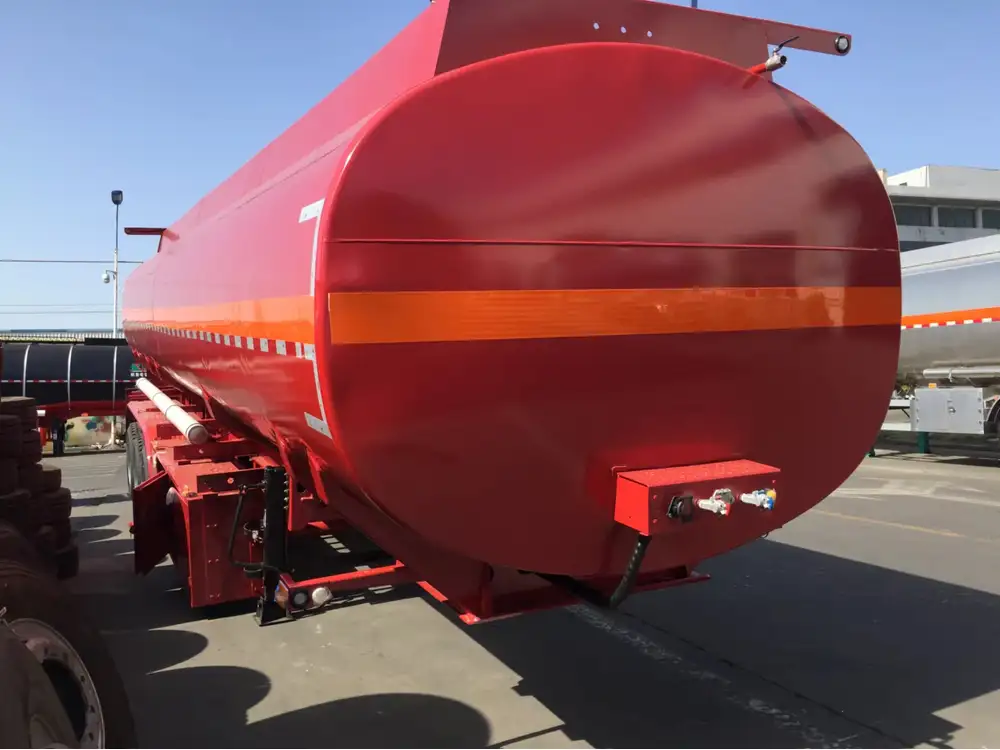
Conestoga vs. Standard Flatbed Trailers
| Features | Conestoga Trailers | Standard Flatbed Trailers |
|---|---|---|
| Loading/Unloading | Quick access due to tarp system | Requires unloading from the side or back |
| Weather Protection | Excellent, thanks to the tarp | Minimal protection; cargo exposed to elements |
| Cargo Types | Versatile for various goods | Best for heavy machinery and oversized items |
| Security | More secure due to covered design | Less secure; cargo can be stolen easily without covers |
Conestoga vs. Enclosed Trailers
| Features | Conestoga Trailers | Enclosed Trailers |
|---|---|---|
| Accessibility | Easily accessible with rolling tarp | Access requires opening doors, which can be complex |
| Structural Design | Lightweight with flexible tarp | Heavier structure, often more rigid |
| Ventilation | Better airflow; reduces humidity build-up | Limited ventilation; may trap heat and moisture |
Cost Considerations in the Procurement of Conestoga Trailers
When assessing the acquisition of Conestoga trailers, several factors can influence overall costs:
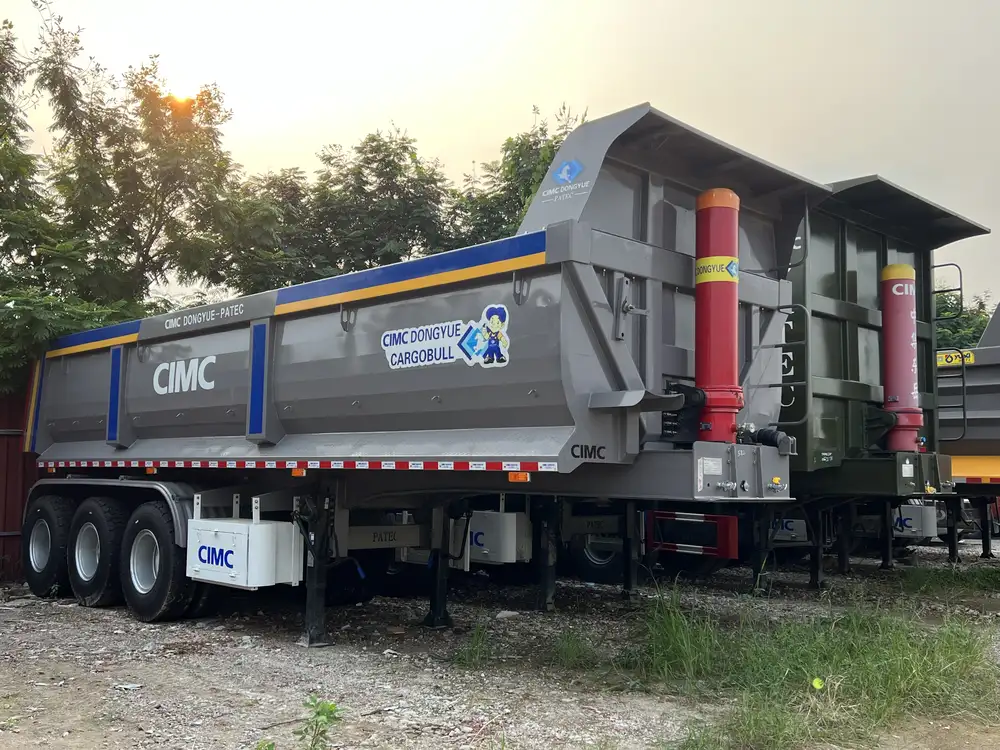
1. Initial Purchase Price
The price point for Conestoga trailers can vary significantly based on customization, materials used, and manufacturing brand. Typical ranges can start from $20,000 and extend to over $50,000 depending on specifications.
2. Maintenance and Repairs
Regular maintenance is crucial for ensuring longevity and performance. This includes checking the tarp system, brakes, and structural integrity. Budgeting for maintenance can add approximately 10-20% to the annual operational costs.
3. Insurance Costs
Due to the unique structure and materials, insurance premiums may be slightly higher than those for traditional trailers. However, this can offset potential losses related to cargo damage or theft due to the greater protection offered.
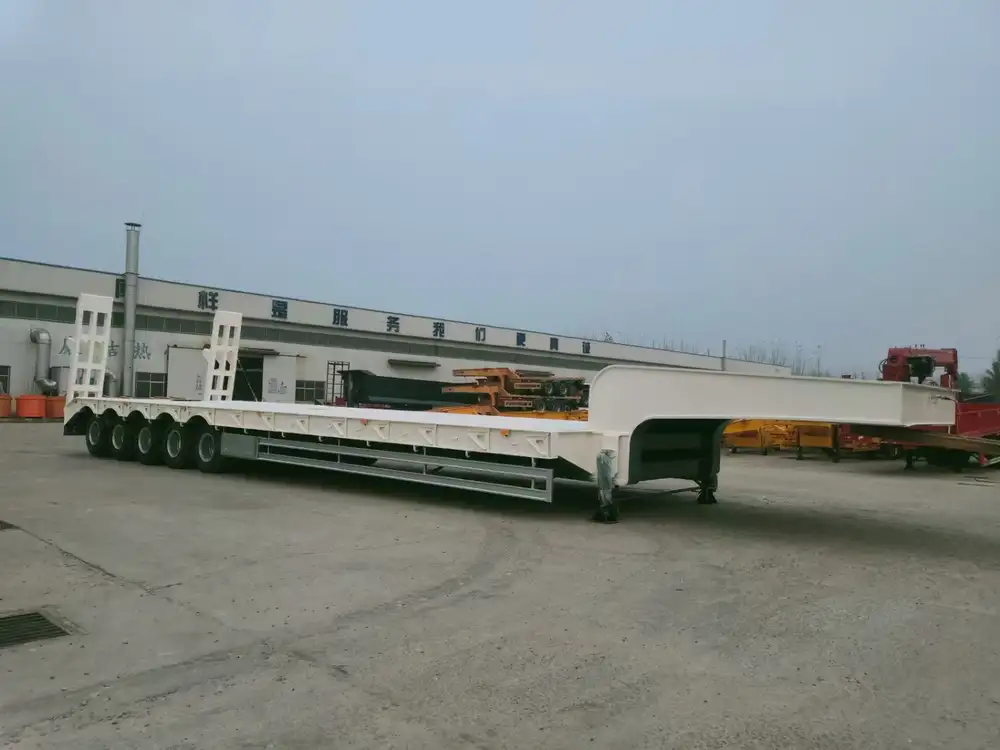
4. Resale Value
Conestoga trailers generally retain their value well owing to their durable construction and demand in the market. This can mitigate some of the depreciation costs typically associated with semi-trailers.
Frequently Asked Questions (FAQs) about Conestoga Trailers
What types of loads are best suited for Conestoga trailers?
Conestoga trailers are ideal for loads that require protection from the elements while still needing accessibility. They are particularly beneficial for bulk materials, machinery, and sensitive products like food that necessitate compliance with hygiene standards.
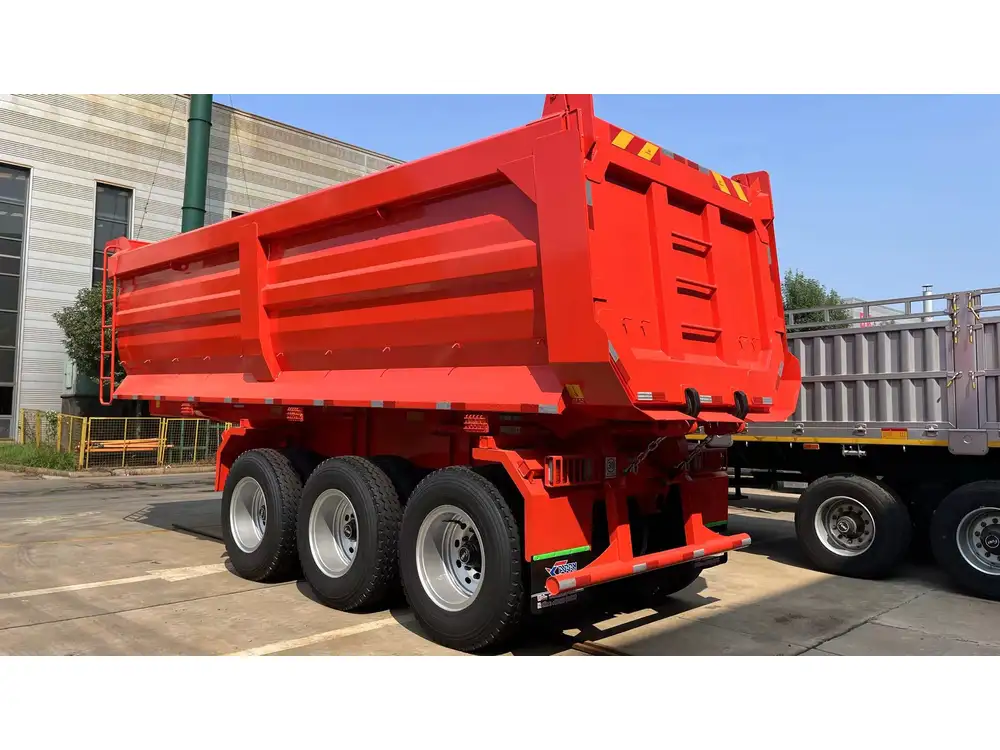
Are Conestoga trailers easy to operate?
Yes, Conestoga trailers are designed with user-friendly mechanisms for tarp management. Operators can learn to unload and load quickly, enhancing overall operational efficiency.
Can Conestoga trailers be customized?
Absolutely. Many manufacturers offer numerous customization options, including different lengths, heights, and specialized tarping systems tailored to specific cargo needs.
What is the weight capacity of a Conestoga trailer?
Most Conestoga trailers can carry between 45,000 to 50,000 pounds, but this can vary based on the specific trailer configuration and regulatory limits.

Conclusion: Why Choose Conestoga Trailers for Your Logistics Needs?
In summary, the Conestoga trailer presents a compelling choice for businesses aiming to enhance their transport logistics. Its unique capabilities provide advantages in efficiency, safety, and cargo integrity, making it a worthy addition to any fleet. By choosing a Conestoga, you not only invest in an adaptable transportation solution but also align with a legacy of innovation inspired by America’s pioneering spirit.
As you consider options for your logistics requirements, reflect on the potential of Conestoga trailers to streamline your operations and improve your bottom line.
Would you like to explore purchasing or leasing a Conestoga trailer? We are here to assist you every step of the way.



